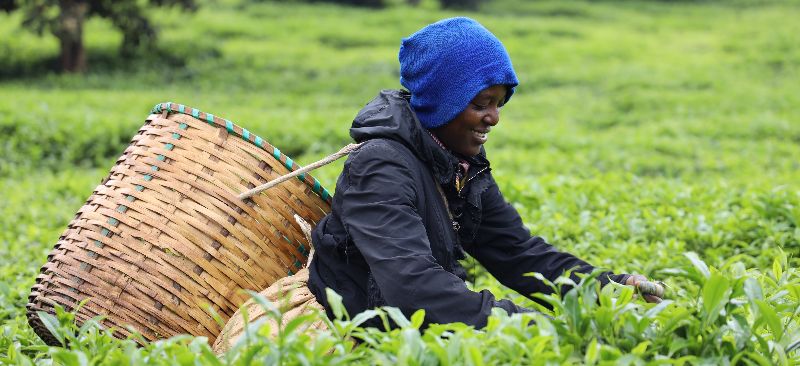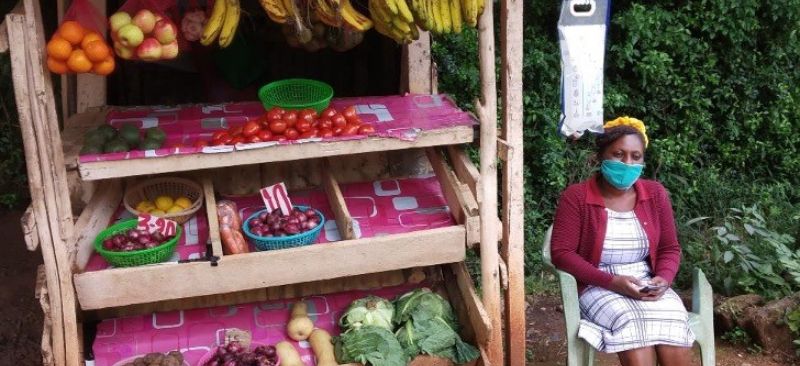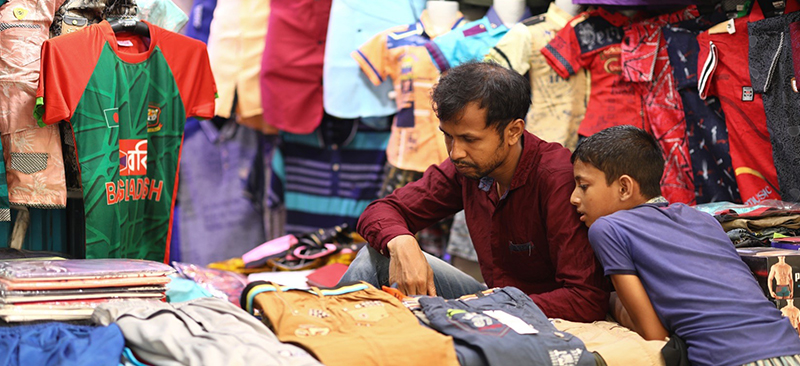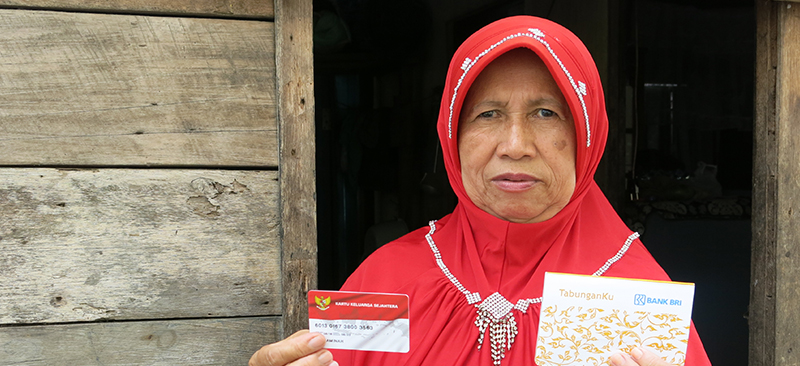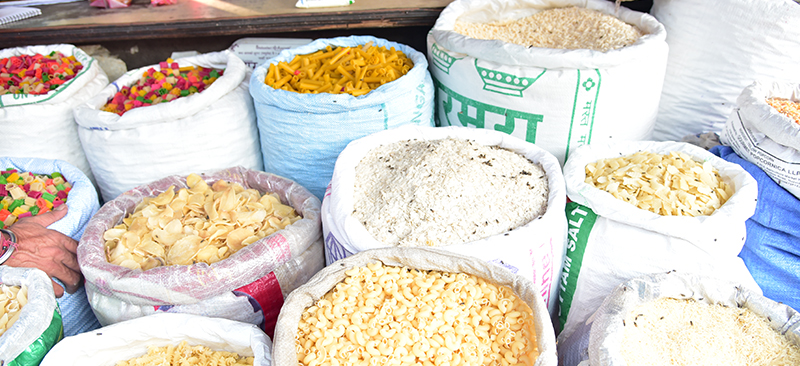The COVID-19 pandemic has had a severe impact on the economic well-being of farmers. Despite an improvement in the sale of agricultural produce after relaxations of restrictions, low demand and fall in prices of agriculture produce continue to affect revenues and profits. The decline in non-agriculture opportunities for income generation has increased the pressure on household resources. While some farmers received food assistance in the initial phase of the pandemic, most did not get direct support from the government. With limited savings at their disposal, many farmers have turned to credit and the sale of assets. Farmers are likely to default on the repayment of existing loans but they urgently need access to credit to continue agriculture operations. Our report explains the current situation of the farmers and the support they need from the government, financial institutions, and donors to recover from the shocks of the pandemic.
